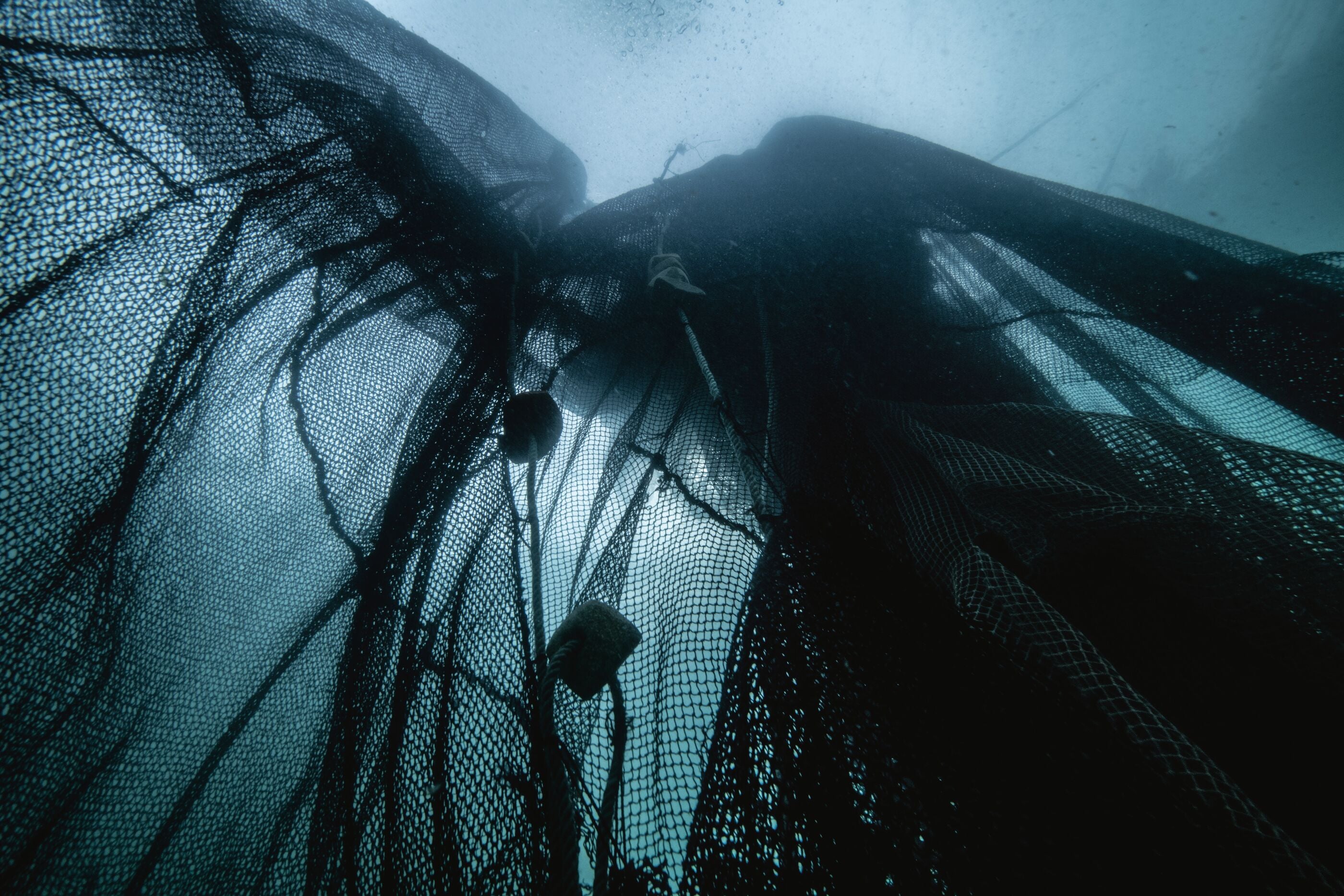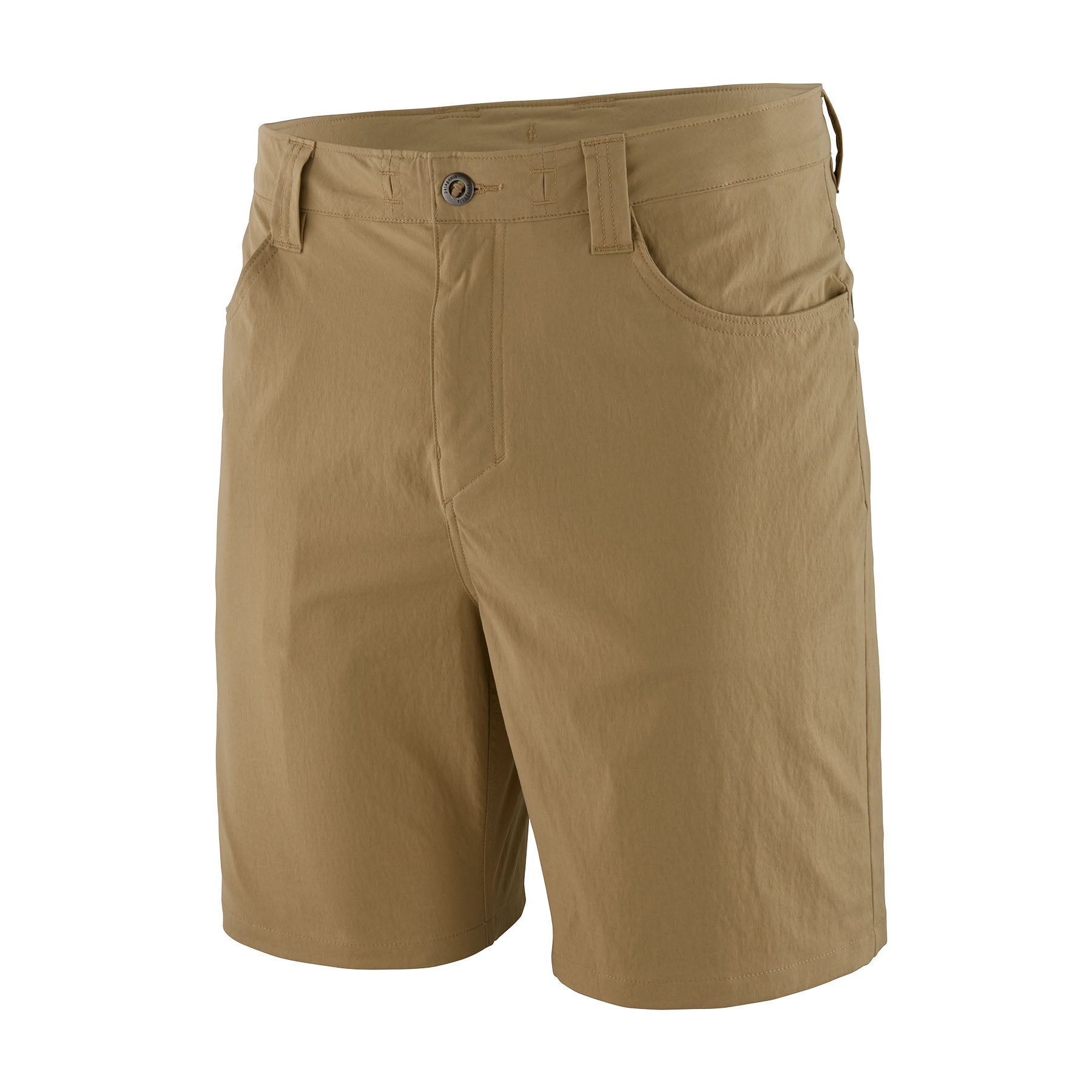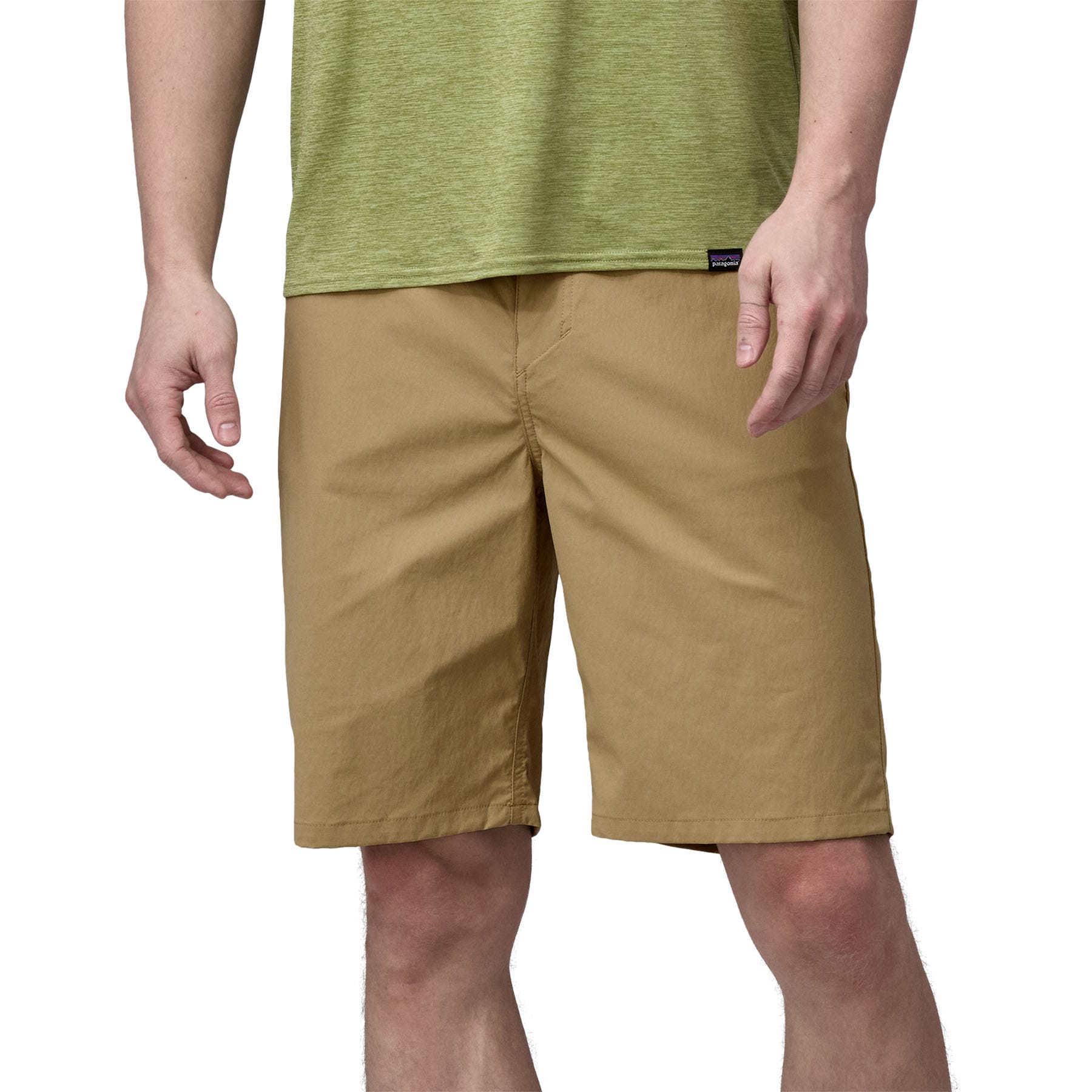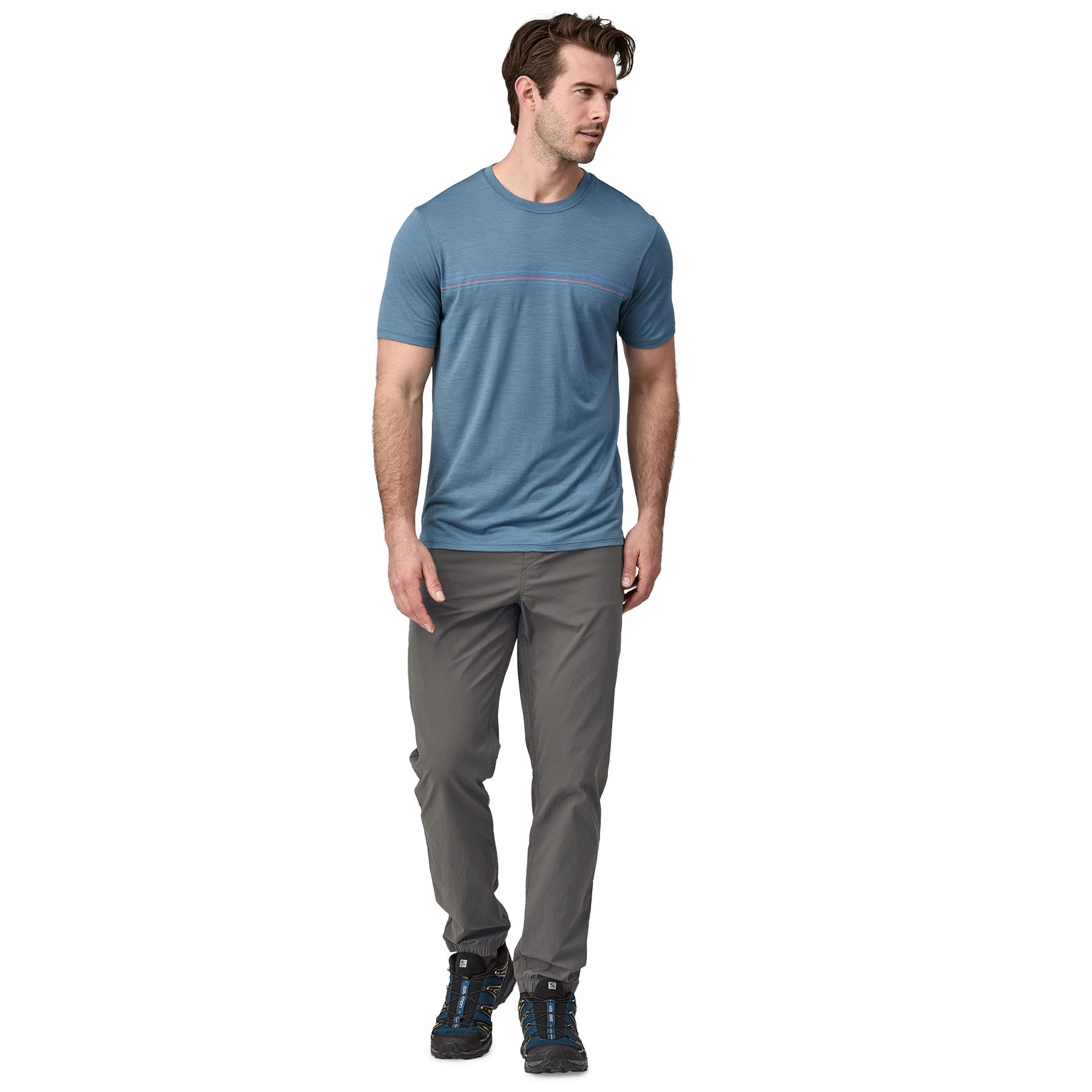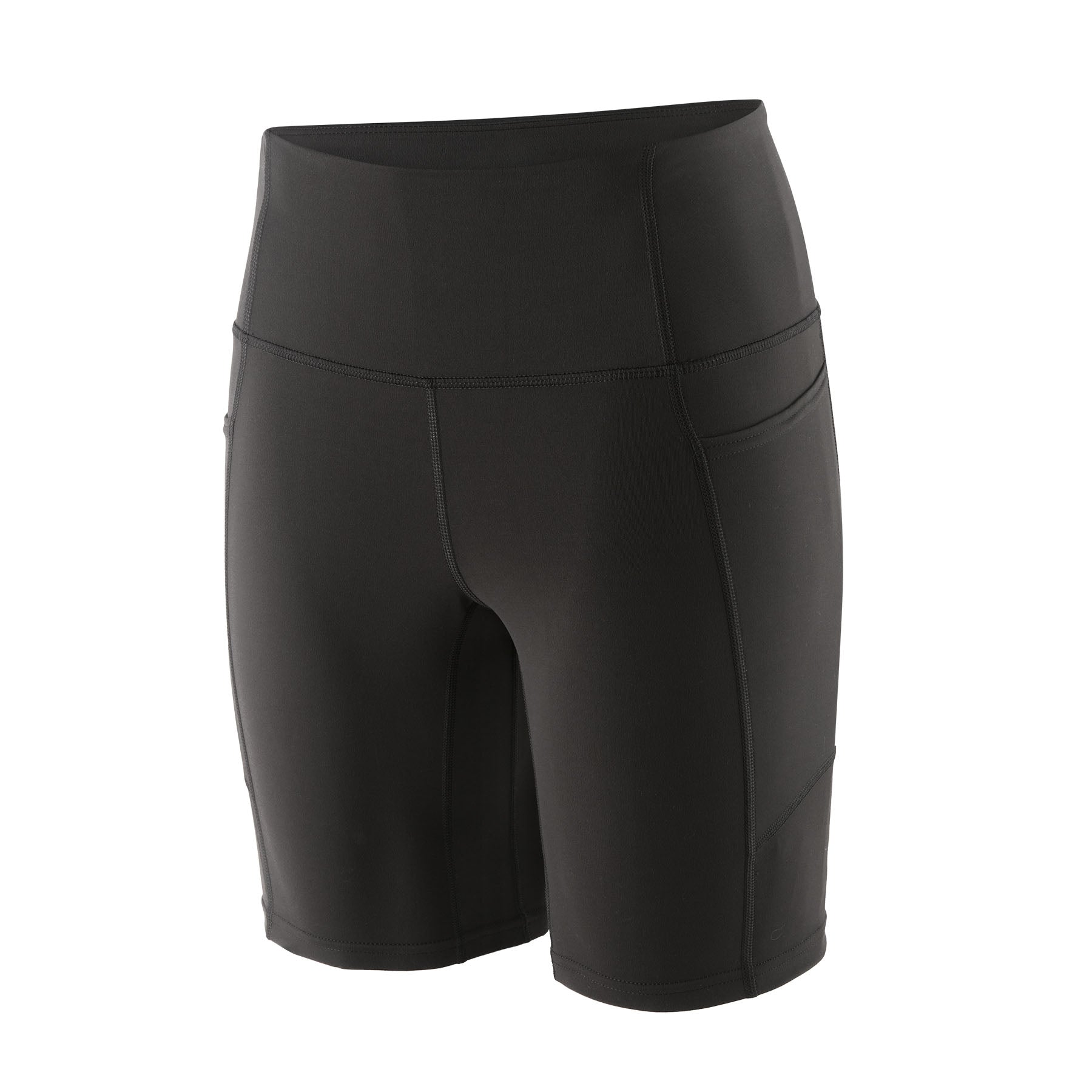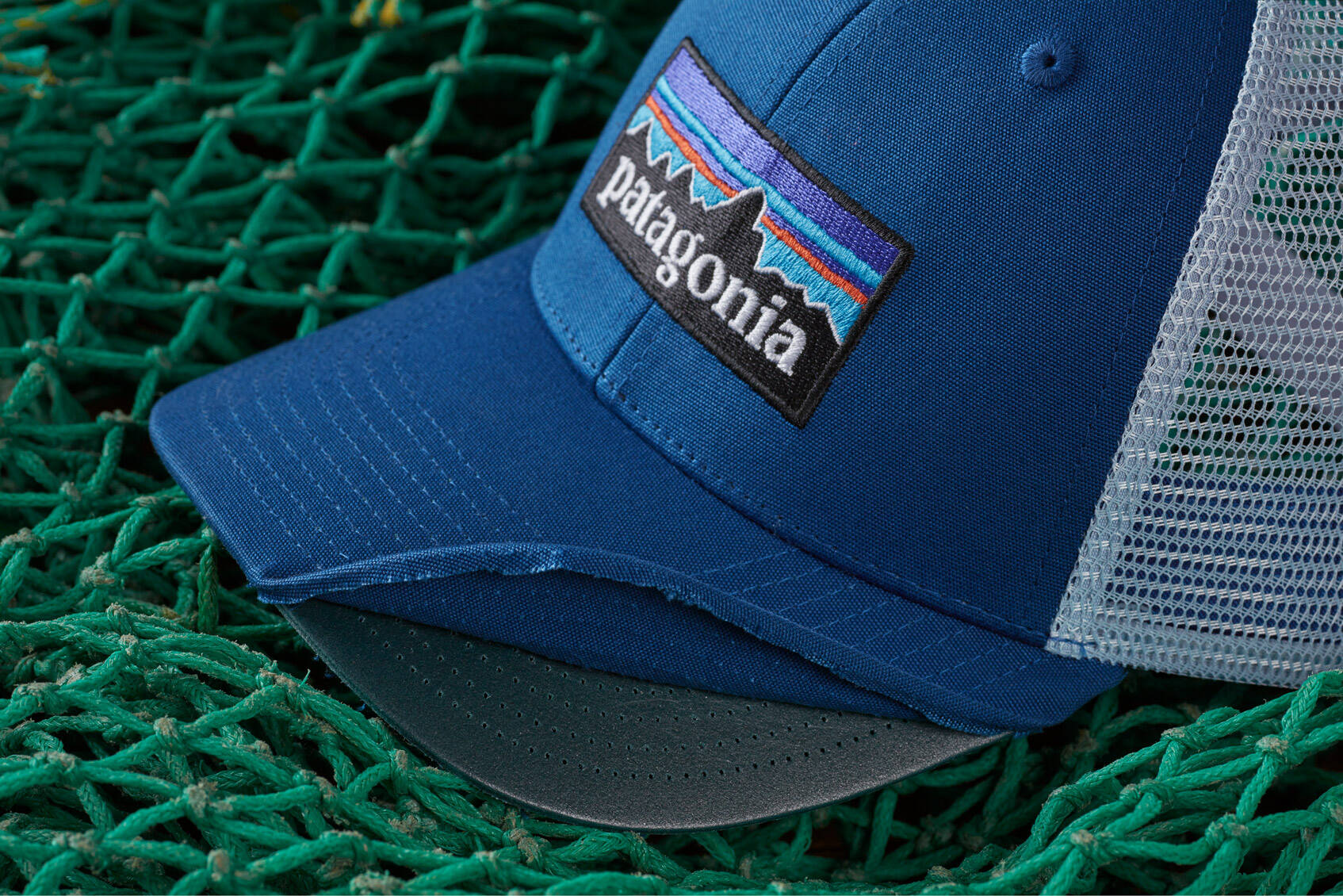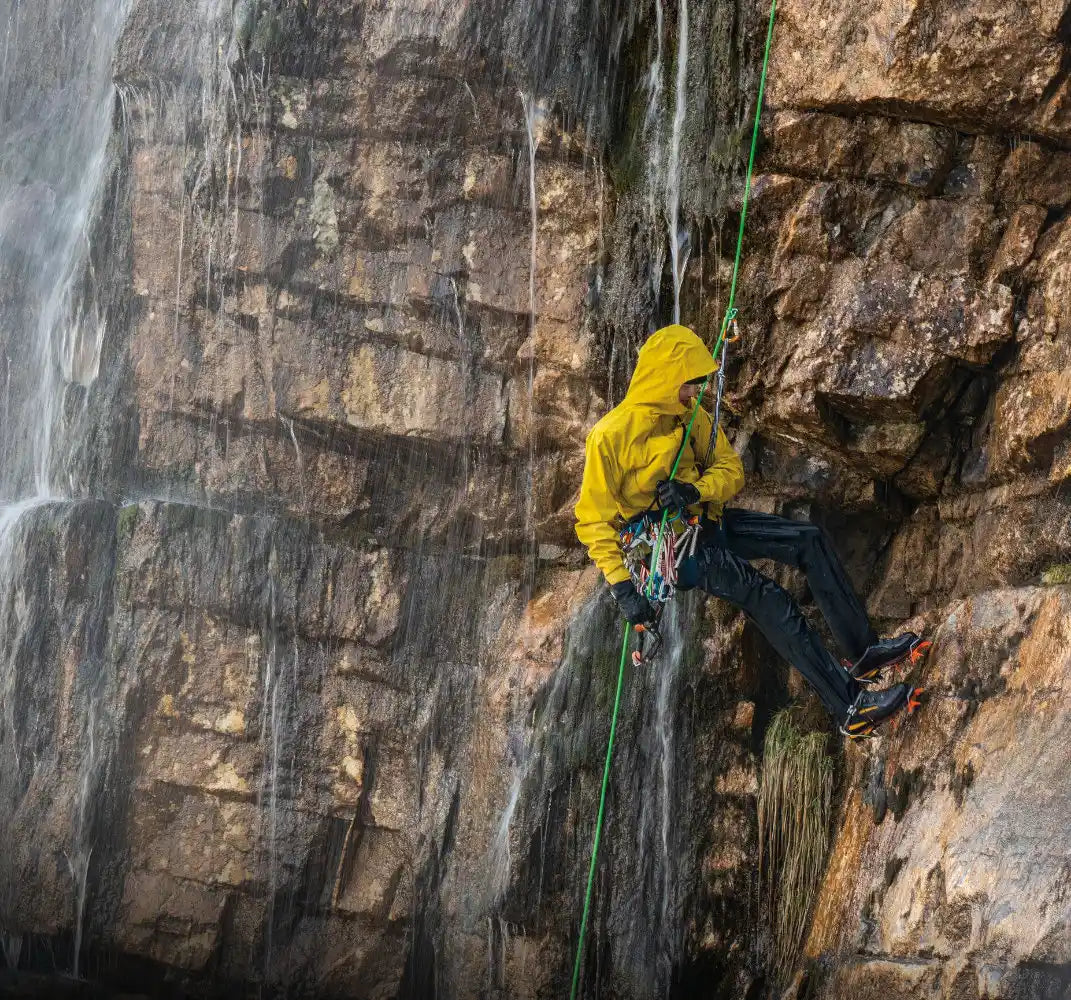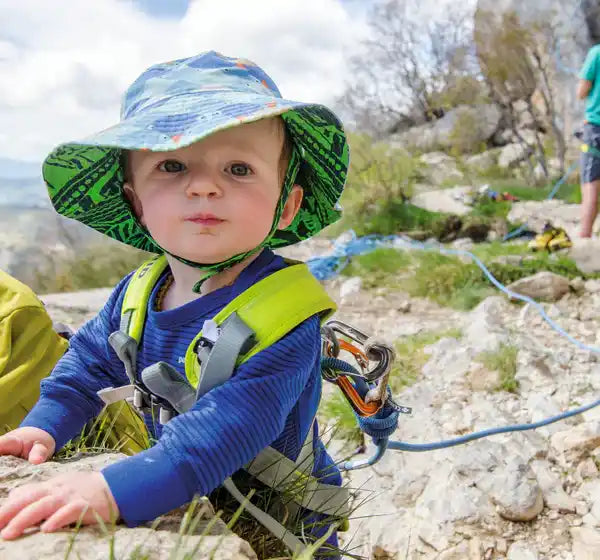NetPlus® Recycled Fishing Nets
NetPlus® material is made from 100% recycled discarded fishing nets collected from fishing communities in South America.
Why
The ocean is choking in plastic. Globally, 8.8 million tons of mismanaged plastic fills our waters every year, most of it single-use. Discarded fishing nets in the marine environment are one of the most harmful forms of plastic pollution—scientists estimate more than 650,000 marine animals are killed or seriously injured every year after being trapped in fishing gear.
Old, frayed and torn fishing nets are discarded partly because of a lack of end-of-life solutions. Bureo®, a company based in California, is trying to fix this and to provide a responsible alternative to virgin plastics by working directly with local fishers in South America. Through their program, nets are sorted, cleaned and shredded in Chile and then recycled into NetPlus, a 100% fully traceable postconsumer material. This program keeps hundreds of tons of discarded nets out of the ocean each year and provides supplemental income to coastal communities.
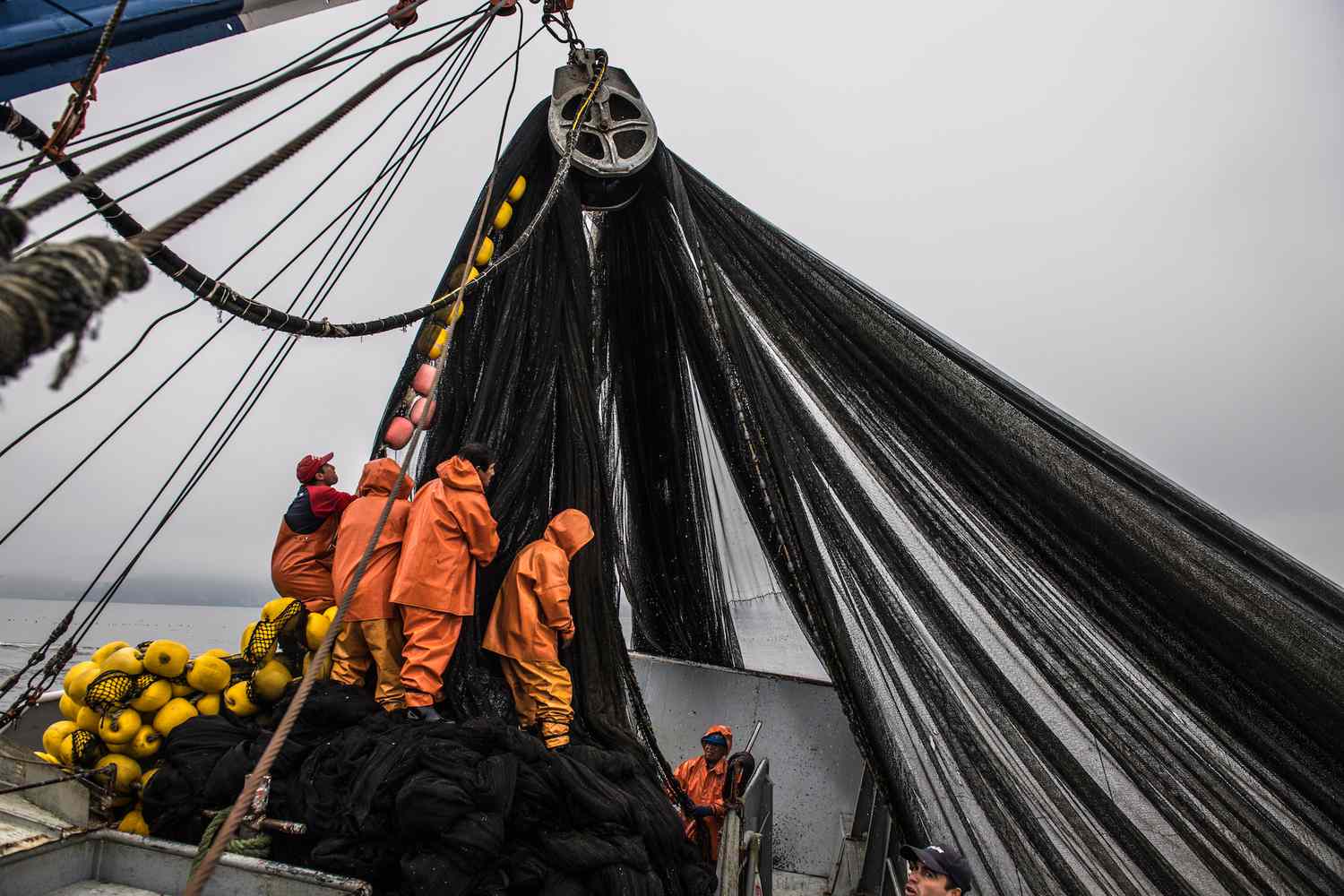
Using recycled raw materials from discarded fishing nets utilizes existing waste, reduces the need for virgin plastic and prevents harmful plastic pollution from entering the world’s oceans.
Using recycled raw materials from discarded fishing nets utilizes existing waste, reduces the need for virgin plastic and prevents harmful plastic pollution from entering the world’s oceans.

1,419
Total metric tons of discarded fishing nets Patagonia has helped remove from the ocean since they started using Bureo's NetPlus material in 2021.
Where We Are
Since 2014, Patagonia has supported Bureo’s development of NetPlus through Tin Shed Ventures®, Patagonia’s venture capital fund. Today, NetPlus is used in a range of products from Patagonia's hat brims and Down Sweater jackets to Costa sunglasses and Futures surf fins—even Jenga games.
By developing NetPlus® material with Bureo, we have supported the collection and recycling of 1,419 metric tons of discarded fishing net s and kept that plastic out of the ocean. While hat brims were fairly straightforward, our material developers had to work closely with our supply-chain partners to figure out a way to chemically transform the plastic in the fishing nets into a high-quality yarn that can be used in our garments, too. Now we have. This Spring 2024 season, 267 metric tons of nets will be woven into Patagonia clothing.
What's Next
Patagonia will continue to incorporate NetPlus into more products over the next few years.



